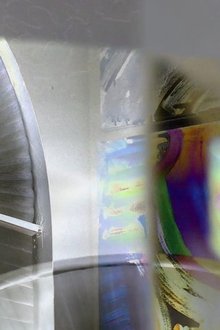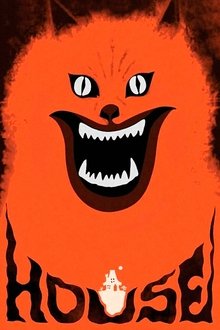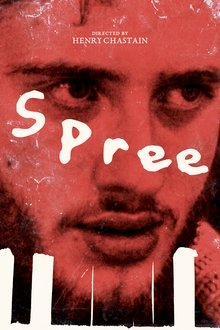There is no escape… From one side of the globe to the other, there is no escaping the faces, the visions, the ever-watchful camera. There is no escaping the mask, there is no escaping the resonating echoes of images and sounds that cross each other over time. There is no escaping the cinema. There is no escaping the terrors of the mind. “A mysterious loner, perhaps a poet, journeys through a series of uncanny surrealistic landscapes with an unclear purpose. His adventure is divided into three sections. The main theme of this experiment is to compare the eerier qualities of different landscapes and interpose the characters within them, elaborating the project’s ongoing preoccupation with extracting sinister moods from ordinary settings. In a way, these can be seen as experimental horror films in which an atmosphere of dread is evoked and sustained without the expected narrative trappings.”
Related Movies

60 Seconds of Solitude in Year Zero (2011)
An anthology of one-minute films created by 51 international filmmakers on the theme of the death of cinema. Intended as an ode to 35mm, the film was screened one time only on a purpose-built 20x12 meter public cinema screen in the Port of Tallinn, Estonia, on 22 December 2011. A special projector was constructed for the event which allowed the actual filmstrip to be burnt at the same time as the film was shown.
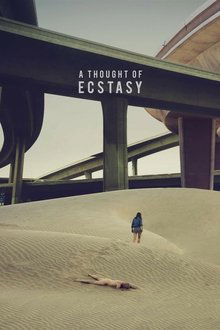
A Thought of Ecstasy (2018)
August 2019. Frank recognizes his own story of twenty years ago in a recently published book. He remembers Marie, with whom he had a relationship before she moved to the United States and disappeared from his life. Frank sets out in search of her and finds himself in a USA petrified by a heat wave and lost in suspicion and political paranoia. He heads into the desert in pursuit of Marie.

ANA (2015)
ANA is: a) An investigation of a cyber-sect linked to the disappearances of several women online. b) A moodboard of the aesthetization of self-destruction. c) A found footage documentary about today's subcultures.
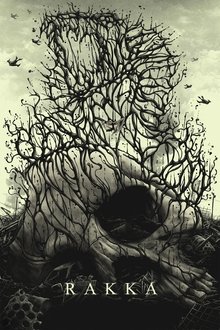
Rakka (2017)
A story of broken humanity following the invasion of a technologically superior alien species. Bleak, harrowing, and unrelenting, the humans must find enough courage to go on fighting.
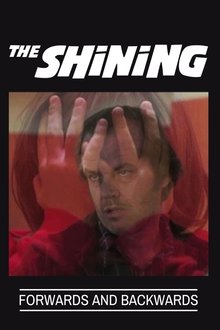
The Shining: Forwards and Backwards (2011)
An experimental film comprised of Stanley Kubrick's THE SHINING played forwards and backwards at the same time on the same screen, creating bizarre juxtapositions and startling synchronicities

Frozen Image (1965)
A poetic essay. An Algerian soldier wanders through Algiers and the countryside, whilst a voiceover of the soldier's mother laments his death.
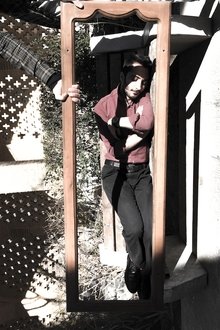
Mister Chair (2020)
The man needs the trip. The job impedes him to do so. Then the man stuck to his chair! Loosely based on a short short story named "A Man Called Desk" from the book "Password Incorrect" written by Nick Name
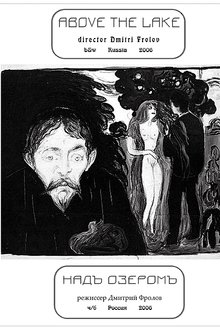
Above the Lake (1995)
Avant-garde homage to pre-revolution Russian silent movies, and to the poet Aleksandr Blok.
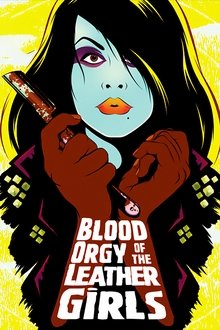
Blood Orgy of the Leather Girls (1988)
A gang of women wreak havoc in the city, killing various men who have treated women poorly. And sometimes they do it just for fun.
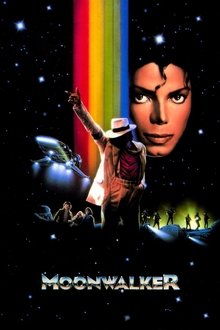
Moonwalker (1988)
This fantastical movie inspired by the music of Michael Jackson features imaginative interpretations of hit tracks from the iconic 1987 album “Bad”.

Begotten (1991)
Begotten is the creation myth brought to life, the story of no less than the violent death of God and the (re)birth of nature on a barren earth.
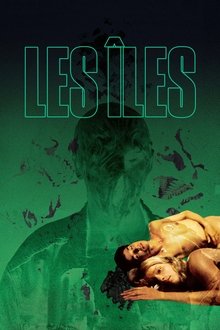
Islands (2017)
A sexual reverie unfolds over the course of one ethereal night. Characters wander through an erotic maze of love and lust, blurring the lines between wet dream and lucid nightmare as a macabre, erotic stage performance sends a ripple of lustful desires through its audience and performers.
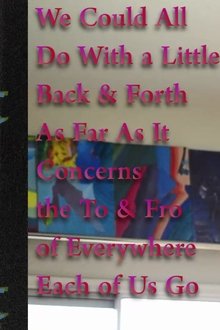
We Could All Do With a Little Back & Forth As Far As It Concerns the To & Fro of Everywhere Each of Us Go (2017)
(Some of us) Still run down the same [mental&emotional] streets we revered/reproached/replaced as children.
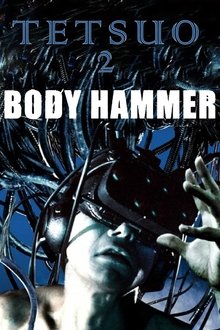
Tetsuo II: Body Hammer (1992)
A Japanese salaryman finds his body transforming into a weapon through sheer rage after his son is kidnapped by a gang of violent thugs.

La Escala (1964)
Experimental film by Aldo Francia that consists in diverse situations through the 123 steps of the Santa Justina staircase in the Cerro Larraín of Valparaíso.

Madhouse Mitchel (2017)
Creeping from the halls of the maze brain, corruption and terror is woven by devils born from the denied errors of mankind.
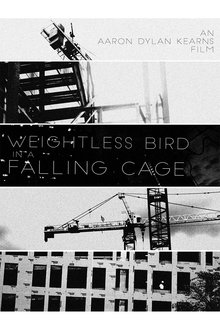
Weightless Bird In A Falling Cage (2017)
A faceless protagonist witnesses the alienation of gentrification as his home is overtaken by development. the forces behind it are demanding him to leave, but also consequently push him further and further into his not-home.
